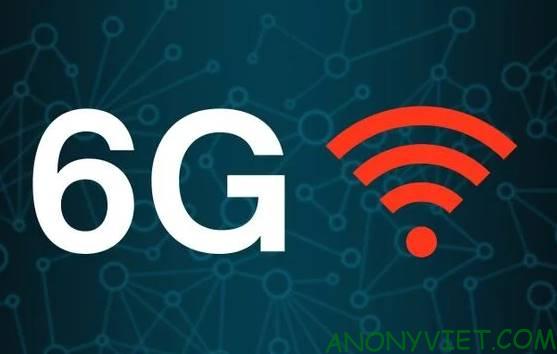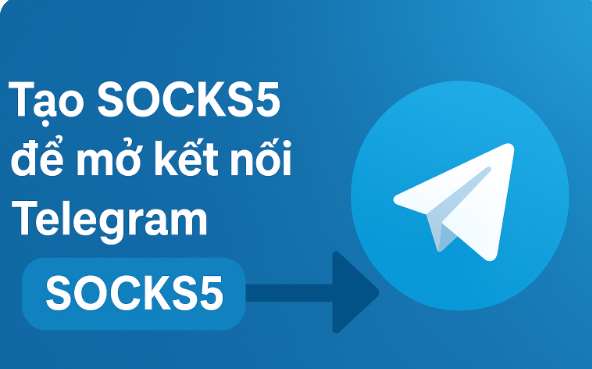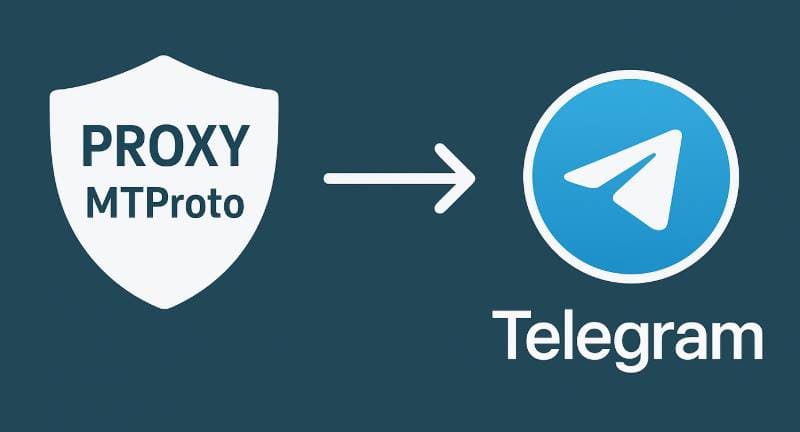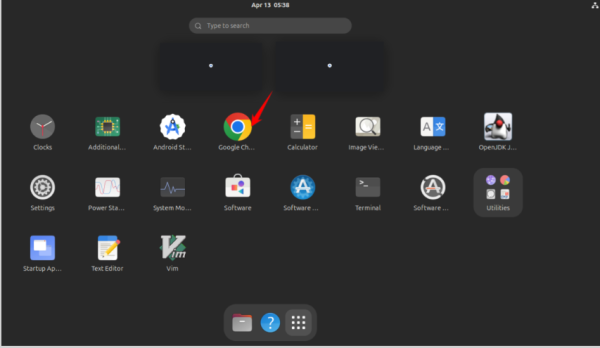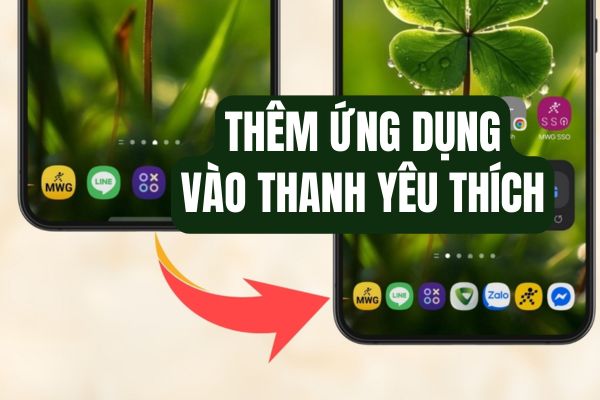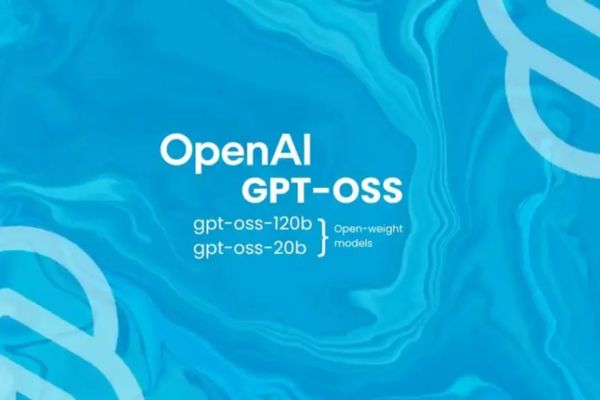Although 5G is not yet mainstream, especially in developing countries, we can predict the future of 6G, a generation of high-speed wireless networks. And this is not surprising in the tech industry, as telecom giants are always paying attention to technologies that serve future generations.
| Join the channel Telegram of the AnonyViet 👉 Link 👈 |
While everything we know about 6G is still theoretical, it will certainly be an extension of the current 5G network.
6G can extend advanced technologies such as AI, robotics, and automation to newer models and systems. Let’s see how 6G is different from 5G.
The evolution of mobile networks (From 0G to 6G)
The first wireless transmission in history took place in 1895. An Italian inventor, Guglielmo Marconi, morse code transmitted wirelessly over 3.4 km using radio waves. Almost a century later, in 1973, the first wireless cell phone was invented, called the 0G cell phone. This is a critical time for wireless communications.
Immediately following this invention by Martin Cooper, an engineer at Motorola, telecommunications companies began to develop the first-generation “1G” mobile network. It has a bandwidth of 30kHz and a speed of 2.4Kbps allowing only voice calls. Although 1G had poor voice quality and limited capacity, 1G was used until 1991.
Leaving behind 1G, 2G mobile phones hit the market in the 1990s, allowing users to send SMS, email, and even browse the Internet at lower speeds. It offers bandwidth from 30kHz to 200kHz; Continuous advancements have increased the speed to 384Kbps.
Since then, advancements in wireless technology have been successful and we see a new generation every decade. 3G is expanded from 2G, with speeds 50 times faster, enabling video calls and internet-based applications. Then came 4G with 50 to 500 times faster than 3G with lower latency and HD video.
Now that we have 5G with a top speed of 20Gbps, Qualcomm claims that 5G will benefit IoT integration, automation, and Augmented Reality (XR). In the end, 6G will outperform 5G — perhaps even accomplishing unimaginable technological feats. Now let’s take a closer look at what 6G is and the potential benefits it offers.
What is 6G?
6G will emerge as the sixth generation of wireless communications, succeeding 5G wireless technology which remains untapped in many countries. 6G uses ultra-high frequency (THF) waves, also known as sub-millimeter waves, to achieve speeds 100 times faster than 5G — which, in comparison, uses millimeter waves (mmWave).
With 6G Technology, latency is expected to be less than a microsecond with increased bandwidth to accommodate enhanced connectivity. In other words, this next-generation technology is set to bridge the gap between the digital world and the real world.
In the event “Samsung Networks: Redefined”Samsung says it has made significant progress on the Road to Super Connected experiences through 6G, by achieving 50 times the speed and 1/10th the latency of 5G.
6G to open up new horizons
Along with undetectable speeds and microsecond latency, 6G is also expected to be highly reliable and support a large amount of real-time data processing, making it easy to work with big data.
It will be the product of integrated advances in wireless communications and other technologies such as sensing, imaging, display, and AI. In addition to optimizing automated technologies, here are some of the advancements that wireless technology has made Terahertz the next generation can create.
Extended Reality (XR) – Augmented Reality Technology
Augmented Reality (XR) is a term that covers Virtual Reality (VR), Augmented Reality (AR) and Mixed Reality (MR). XR will open new doors in various fields including entertainment, medicine, science, education and manufacturing industries.
The concept gained popularity when 5G arrived, but due to current hardware limitations and lack of wireless capabilities, 5G will not be able to support the XR. This is where 6G will fill in the gaps. The related hardware is expected to be available by the time of 6G rollout, and with the two combined, the XR should become a reality.
Mobile Hologram
Advances in high-resolution rendering, wearable displays (google glasses…) and superfast wireless networks will allow mobile devices to display holograms. Holographic displays require the high data transfer rates that 6G provides.
Although it has not been officially announced, we can predict it will be similar to what Google has shown us in Project Starline at Google I/OKeynote 2021.

To accomplish this, a mobile hologram with a 6.7-inch screen requires a speed of 580Gbps, which is only possible with 6G. To do this, advances in AI could prove useful in compressing, extracting, and displaying three-dimensional data.
Digital copy

A digital replica is a virtual copy of a real physical entity that acts as a real-time digital counterpart. Through digital twins, users will be able to observe, track and explore real entities in a virtual environment without the constraints of space and time.
With the combined XR and holographic display, users can go beyond sight and interact with the aforementioned digital twins. Through robot integration and digital duplication, users can realistically move a robot in the real world by controlling its digital virtual reality.
Although it is difficult to explain it all because of the novel nature of this technology, digital cloning will pave the way for groundbreaking advances in various fields.
What challenges does 6G have to overcome?
6G will change the way we perceive information, communicate with people and machines, and experience life. Achieving all of this and more requires huge improvements in mobile hardware and computing capabilities as well as extended network performance compared to 5G.
The biggest challenge for 6G is resisting atmospheric absorption and the dissipation of terahertz waves. Existing 5G networks also suffer from this problem – users have reported losing signal when obstructed by trees or buildings.
Samsung’s 6G white paper mentions several ‘candidate’ technologies that could solve this problem. Some of these technologies include mesh topology, spectrum sharing, comprehensive AI, and other new technologies.
6G and sustainability
With climate change becoming an increasingly complex global issue, achieving sustainable progress is critical. Fortunately, we have some good news. According to the World Economic Forum, digital technologies – including 5G – could reduce emissions worldwide by 15% by 2020. And with increased efficiency and sustainability standards, 6G aim higher.
6G is expected to play an important role in achieving the United Nations’ Sustainable Development Goals (SDGs). Virtualization will enable sustainable production and consumption of energy resources. The hyper-connectivity and access to information that 6G provides will improve living standards globally.
6G: Will an authentic sci-fi future come to life?
6G remains mostly untapped territory, and for good reason. However, it has a long list of challenges to overcome and won’t be upon us anytime soon, but the benefits it offers are too revolutionary to go unsaid.
6G will add a whole new dimension to existing emerging technologies such as Cloud Gaming, Cloud Storage, VR, AR, etc. More importantly, it will help pioneer new technologies. like the XR, holograms and digital cloning — an inevitable step into the future of wireless technology.

